
Research: STEREO
Light Sterile Neutrinos
During the last decades numerous experiments have proved neutrinos to be massive particles through
the observation of a
phenomenon called neutrino oscillations. Neutrino flavor eigenstates can be described as a superposition of a set of mass
eigenstates that evolve with different complex phases (see Figure 1). This generates a lepton content change
in a given initial neutrino state as it propagates through the space, generating thus an effective change of flavor.
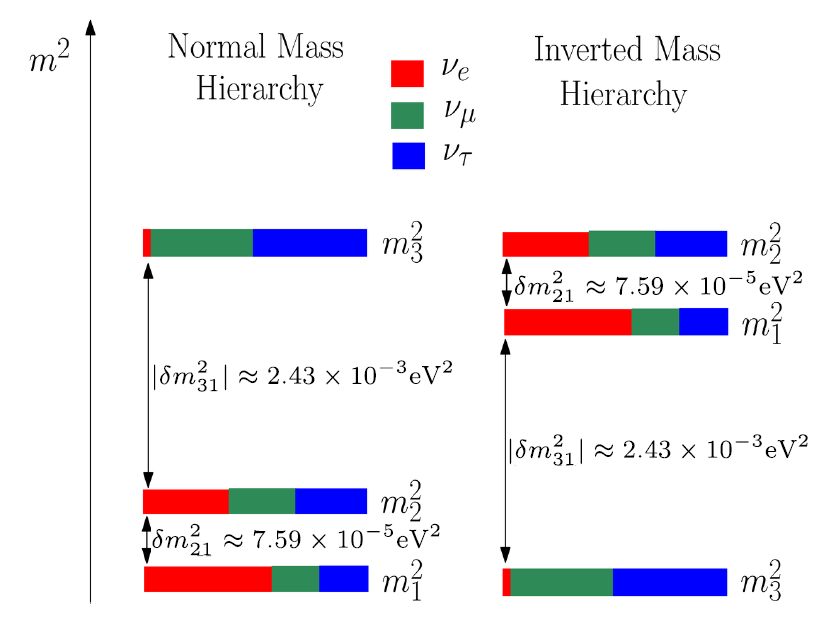
Figure 1: Pictorical representation of flavor mixing of neutrinos. The different combinations of flavor give raise to different mass eigenstates (and viceversa).
To the right, normal hierarchy scheme; to the left, inverted hierarchy scheme.
Although neutrino oscillation is a well understood phenomenon, some experimental observations are currently challenging the theory.
The most prominent is known as the reactor antineutrino anomaly (RAA). In 2011, the reevaluation
of the
νe flux in combination with most up to
date corrections and nuclear data led to a higher expected flux of
νe from nuclear reactors [1].
The reanalysis of previous reactor neutrino experiments resulted in a deficit of 2.7
σ
significance observed
νe (see
Figure 2).
Two other well-known experimental anomalies in the field are: the LSND anomaly with a
νe short-baseline
appearance in a
νμ beam [2]; and the gallium neutrino anomaly with a
short-baseline disappearance of
νe during the calibration process of GALLEX [3] and SAGE [4] experiments using chromium and argon radioactive sources [3].

Figure 2: Electron antineutrino survival probability considering 3 active neutrino flavours (gray dashed line) and the addition of a sterile neutrino (black solid line).
Points correspond to the observed
neutrino fluxes for different experiments with reference to the expected value at their distance to the reactor core.
These anomalies may reveal that the current understanding of neutrino oscillations is incomplete. However, additional oscillations to other active light neutrino states
would be in disagreement with the measurement of the Z boson decay width performed at LEP [5].
For that reason, an oscillation into a non-weakly interacting light neutrino state has become a popular explanation for the aforementioned anomalies.
In that case, the survival probability for a νe with an
energy Eνe after a propagation over a distance L can be approximated by:
P (νe→νe) = 1 - sin2(2θnew) sin2 (1.27 Δm2new L ⁄ E νe [eV]2 [m] ⁄ [MeV]) (1)
The addition of a sterile neutrino can be worked out within the framework of one of the most popular mechanisms to generate neutrino masses, the type I seesaw.
This mechanism introduces a set of three right-handed neutrinos to match with the three active ones and by adding a minimal extension it could explain the existence of a sterile state [6].
In such a framework, neutrino masses would be suppressed via the seesaw mechanism, provided that right-handed neutrinos exist within the electroweak mass scale.
Thus, an eV-scale sterile neutrino together with sizable active-sterile mixing is accommodated without the need of artificially inserting small mass scales or Yukawa couplings.
The best fit parameters for this new oscillation able to match the anomalies listed above are
sin2(2θnew) ∼ 0.10 and Δm2new ∼ 1 eV2 [7],
which favors the existence of light sterile neutrinos at the eV scale.
The Stereo experiment aims to test such a hypothesis [8] by measuring with high precision the
evolution of the νe energy spectrum at multiple baselines from the source.
The Stereo detector and its detection principle
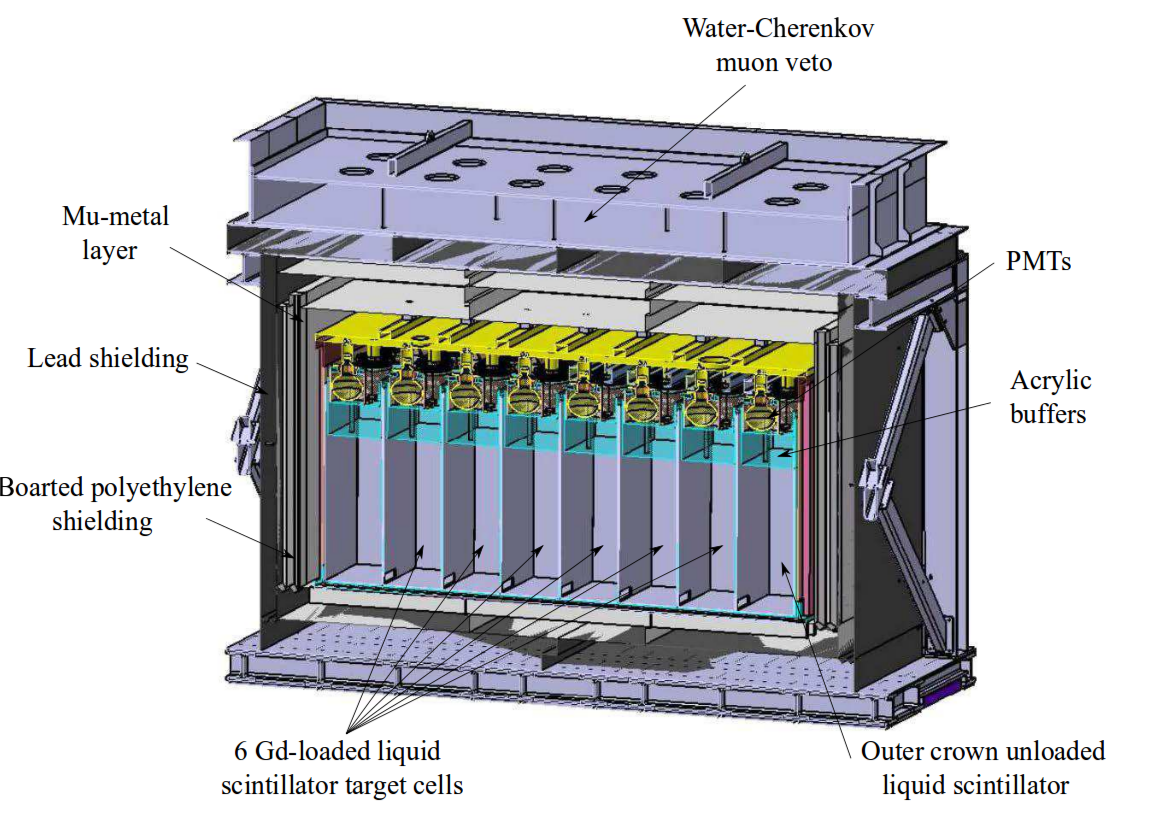
Figure 3: Schematic of the design of the Stereo detector.
In order to probe the existence of light sterile neutrinos, the strategy of Stereo is to measure with high precision the evolution of the antineutrino energy spectrum at short distances.
This is the reason why the detector is centered at about 10 m away from the compact 58 MW research reactor at the Institut Laue-Langevin (ILL) in Grenoble, France.
The pattern arising from active to sterile neutrino oscillations depends both on the neutrino energy and the distance traveled from the core to the detection vertex (Eq. 1).
The distance between the oscillation extrema is about 2 m for sterile reactor neutrinos. Therefore, the 2.2 m long inner detector is segmented in six identical target
cells accounting for six different baselines oriented along the neutrino travel path (see Figure 3). Under this setup Stereo can
measure the relative distortions of the neutrino energy spectrum and thus detect the oscillations (see Figure 4).
The antineutrinos emitted by the reactor at the ILL are observed by the Stereo detector via Inverse Beta Decay (IBD): νe + p → e+ + n . The experimental signature of the IBD is based on a delayed coincidence between the positron signal and the neutron capture. For this reason, the six target cells composing the neutrino target are filled with organic liquid scintillator (LS) doped with a gadolinium (Gd) based complex to enhance the neutron capture cross-section.

Figure 4: Oscillated neutrino spectra at the closest (blue) and the furthest (red) cell from the core. In black non-oscillated spectrum is shown.
On the one hand, the positron ionizes the medium right before it annihilates and releases two gammas. This process happens very rapidly and constitutes the prompt event. The energy spectra of the antineutrino can be extracted from the kinetic energy of the positron:
Ee+ = Eνe - 0.8 MeV (2)
On the other hand, the neutron quickly thermalizes in the LS and diffuses until it is captured on a nucleus, defining thus the signal with a few μs delay. The capture can occur naturally on hydrogen nuclei emitting a characteristic low-energy γ of 2.2 MeV. Doping the liquid with gadolinium allows to reduce the diffusion time and most importantly to detect the neutron capture by an 8 MeV γ-cascade well above the natural background.
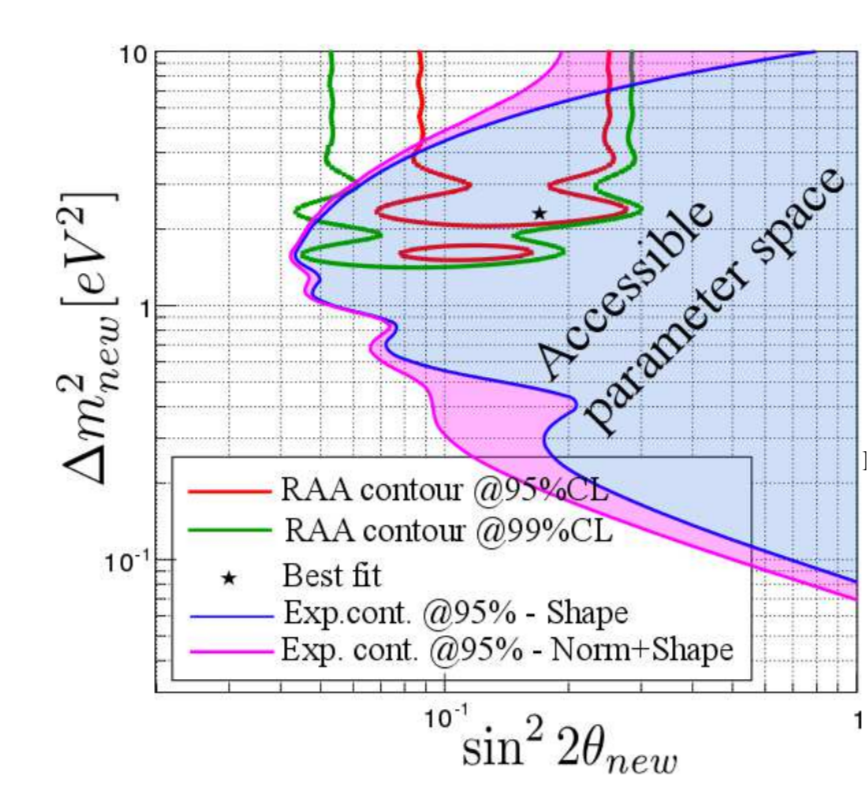
Figure 5: Expected sensitivity contours of the Stereo experiment after 2 years of data taking, in the parameter space (Δm2new,sin2(2θnew)), covering the reactor anti-neutrino anomaly.
The neutrino target is surrounded by the outer crown, a Gd-free LS volume which is used to improve both the energy resolution and the detection efficiency by catching escaping gammas. The produced scintillation light is collected by a set of 48 photomultiplier tubes (PMTs) on top of the detector. These photosensors are immersed in a oil like liquid on top of an acrylic buffer layer.
As a consequence of the surrounding neutron beam lines coming from the reactor, leading to neighboring experiment installations, the Stereo experiment is exposed to neutrons and gammas. For that reason a heavy shielding made of B4C, lead, steel, iron and borated polyethylene surrounds the detector. In addition, a water-Cherenkov veto is placed above the detector to tag cosmic muons.
The Stereo experiment is expected to measure ∼ 400 neutrinos per day, and after a period of 2 years it will be able to probe at 95 % C.L. a large fraction of the parameter space favored by the reactor anti-neutrino anomaly (in Figure 5). The detector is already built on-site and the first data is taken since November 2016.
Stereo at the MPIK
The MPIK group is a strong contributor working in various topics, benefiting from the knowledge gained from the Double Chooz experiment. This is a list of the tasks taken over by the MPIK group:
-
Liquids Production: the MPIK has produced more than 4000 liters of organic liquid that fill the inner detector of Stereo: the LS in the neutrino target and outer crown, and the mineral oil in the acrylic buffer. The LS is an admixture of several organic scintillator components which purification was performed at the MPIK. To allow the neutron capture in the neutrino target, the LS of this volume is loaded with 0.2 % Gd in the form of Gd-beta-diket. complex. In addition, several requirements are met: a stable liquid that would last during the entire life-time of the Stereo experiment, material compatibility, radiochemical purity and suitable optical properties. High Pulse Shape Discrimination (PSD) capabilities have also been a priority during the production of the LS, reaching an expected figure of merit of 1.2 from laboratory measurements. In addition, the MPIK group is developing a setup for an even more precise measurement of the PSD using a sample of the Stereo liquid scintillator.
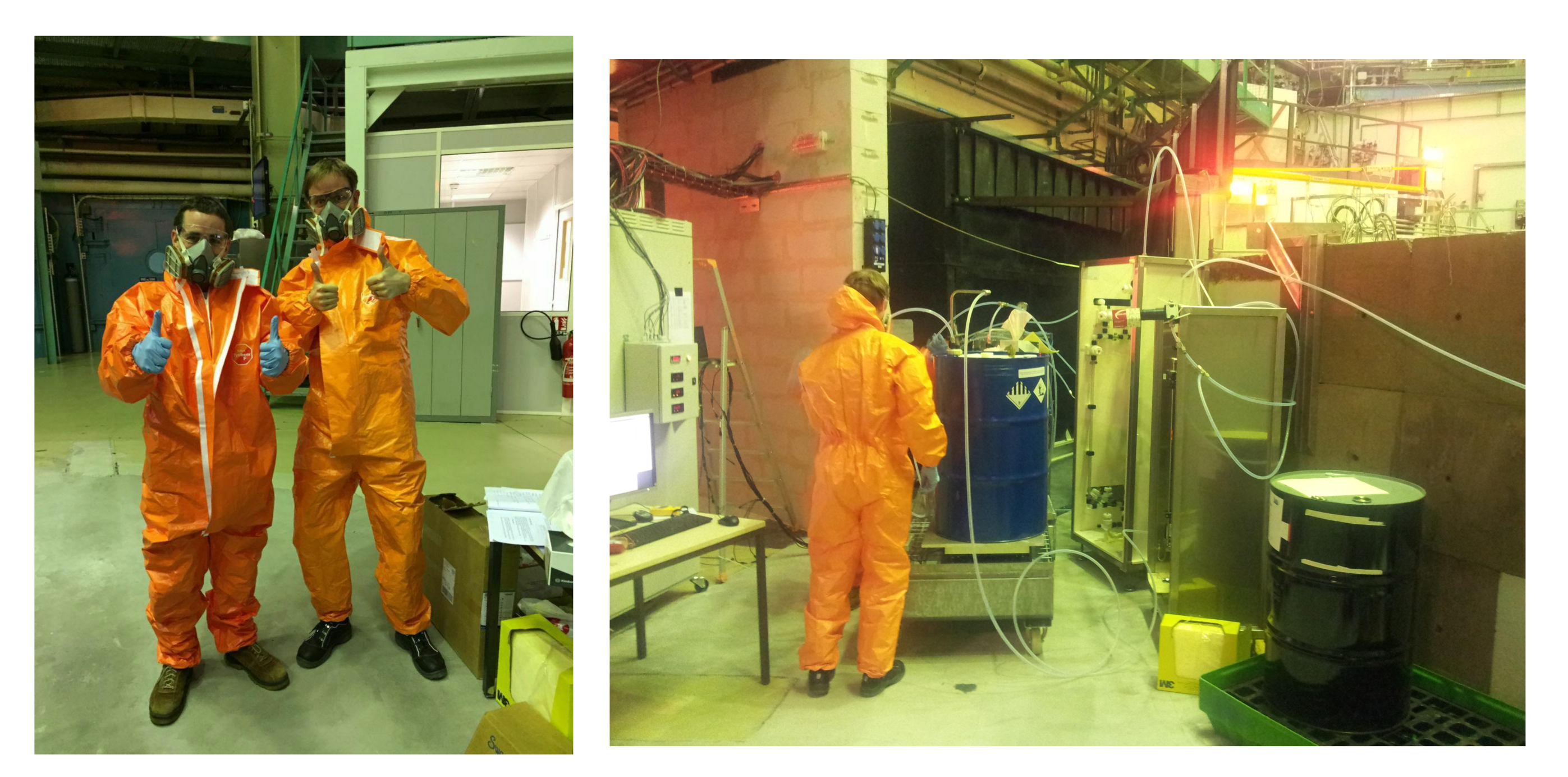
Figure 6: Filling of the detector with the organic liquid scintillator produced at the MPIK. Dr. Christian Buck and Dr. Stefan Schoppmann in the picture.
-
PMT testing: the Stereo PMTs were characterized at the MPIK prior to their installation. The tests were performed inside a dark 30 m3 Faraday chamber that protected the PMTs against any external electromagnetic fields during the measurements. To prevent undesirable light reflections, the inner walls have been covered with black fire-proof fabric. Finally, the PMTs have been shielded by a μ-metal cylinder in order to prevent any influence of the Earth's magnetic field and neighboring PMTs. As light source to perform the characterization tests, LED boards developed by the electronic workshop at MPIK were configured to produce light at a specific wavelength with tunable light intensity.
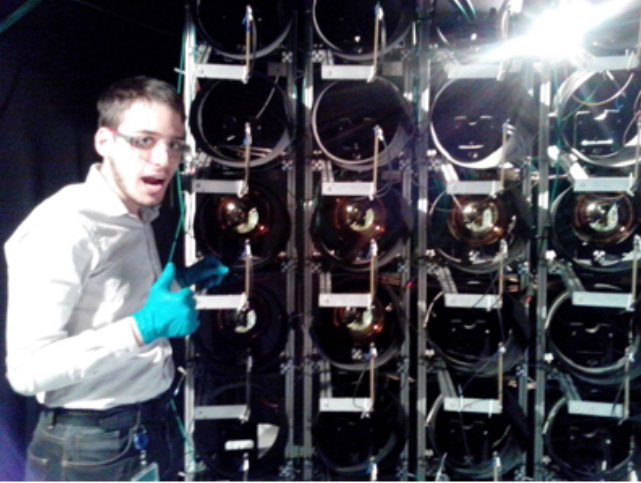
Figure 7: Testing the PMTs in the Faraday Chamber of the MPIK. PhD. student Christian Roca in the picture.
-
Filling and gas systems: the MPIK has also provided the experiment with the pressure system for the detector, including the hydrostatic pressure sensors for active liquid level measurement and the gas panel connecting the highly pressurized Nitrogen. The filling procedure has been carried out during the first week of November 2016 by the MPIK team using our own developed filling system.
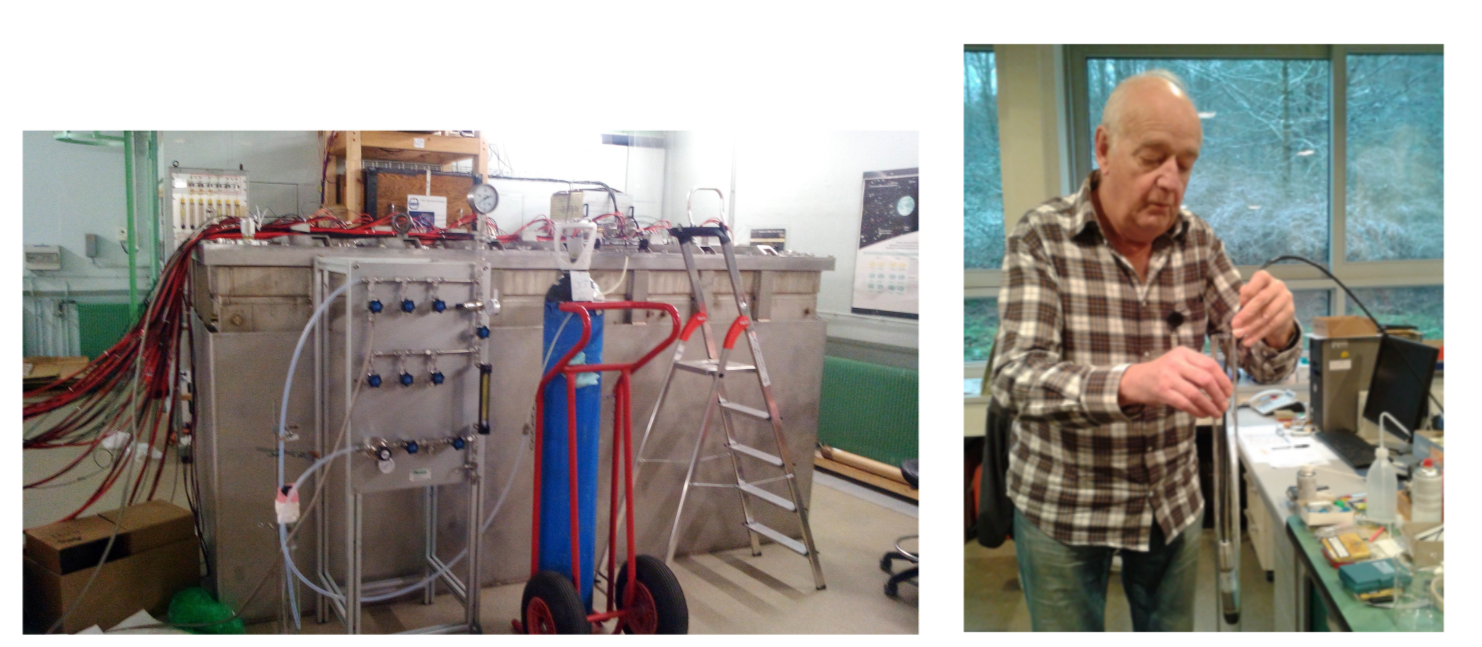
Figure 8: Left: Gas system tested on site before data taking. Right: Testing the hydrostatic pressure sensors at the MPIK. Technician Reinhard Hofacker in the picture.
-
Workshop activities: the MPIK workshop has designed and provided the holding structures used for integration of the PMTs in the detector volume. Besides, crucial parts for the detector movement system and the front shielding wall have been designed and manufactured by the MPIK workshop group. (All of them currently installed on site).
-
Data analysis: the analysis of calibration data is crucial in order to obtain a good energy reconstruction. The MPIK group is leading one of the main efforts on analysing this data together with understanding and fine tuning the Monte Carlo model.
References
[1] P. Huber, Phys. Rev. C84, 024617 (2011) arXiv:1106.0687
[2] LSND Collaboration, Phys.Rev.D 64 112007 (2001)
[3] C. Giunti & M. Laveder, Phys.Rev. C83, 065504 (2011)
[4] SAGE, J. N. Abdurashitov et al., Phys. Rev. C73, 045805 (2006), nucl-ex/0512041
[5] The ALEPH Collaboration et al., Physics Reports 427 (2006) 257
[6] K. N. Abazajian et al., Light Sterile Neutrinos: A White Paper, hep-ph/1204.5376
[7] Stereo proposal (2012)
[8] C. Giunti et al., Phys. Rev. D88, 073008 (2013)
Contact:
-
Dr. Christian Buck
Tel: 06221 516829
E-Mail: Christian.Buck@mpi-hd.mpg.de
- Prof. Dr. Manfred Lindner
Tel:06221 516800
E-Mail: manfred.lindner@mpi-hd.mpg.de